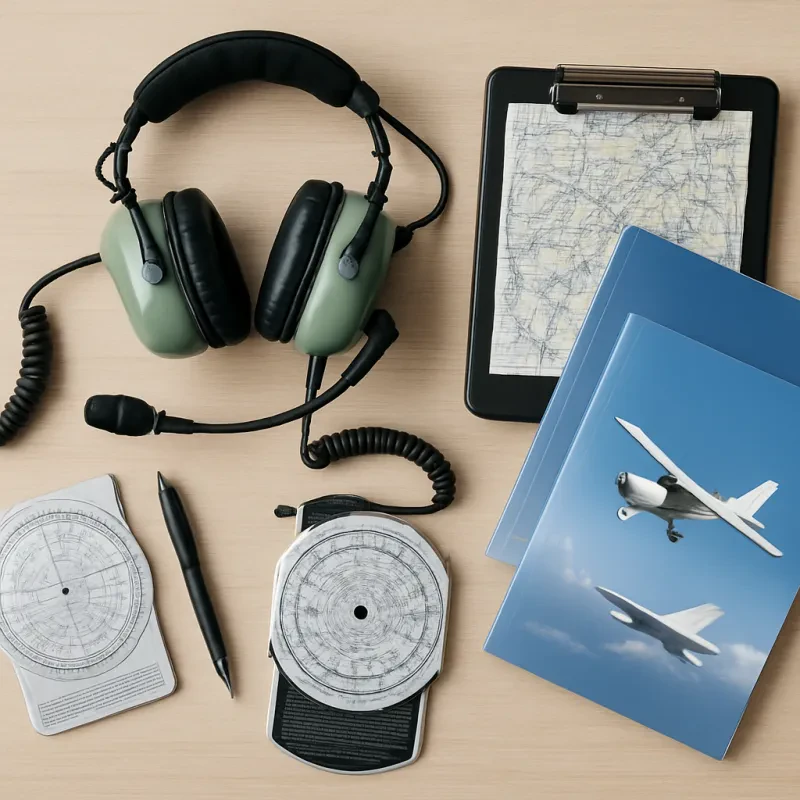Flying has become an essential component of our modern society, connecting people and cultures like never before. However, with the increasing concerns about climate change and environmental sustainability, the aviation industry is under pressure to find sustainable solutions. As a result, an exciting revolution is taking place in aviation, with the rise of eco-friendly aircraft and initiatives aimed at reducing the industry's carbon footprint.
One of the main drivers behind the push for eco-friendly aviation is the development of electric and hybrid-electric aircraft. These innovative aircraft utilize electric propulsion systems, reducing the reliance on traditional fuel sources. Electric aircraft have the potential to significantly reduce carbon emissions, noise pollution, and dependence on fossil fuels. While electric airliners capable of long-haul flights are still in the experimental phase, smaller electric aircraft for regional and short-haul flights are already being tested and deployed. The rapid advancement of battery technology is making these electric aircraft increasingly feasible and provides hope for a greener future of aviation.
In addition to electric aircraft, sustainable aviation biofuels are another crucial aspect of the industry's eco-friendly transformation. These biofuels are produced from renewable resources such as algae, plants, and agricultural waste, reducing dependence on fossil fuels. Sustainable aviation biofuels have been praised for their ability to significantly decrease greenhouse gas emissions compared to traditional jet fuels. Airlines have started to incorporate biofuels into their fleets, and several airports have begun providing biofuel options to encourage the industry-wide adoption of these greener alternatives.
Furthermore, it's not just aircraft technology that is contributing to a more sustainable aviation industry. Ground operations and air traffic management systems are also undergoing transformations. Airlines are adopting more efficient practices on the ground, such as improved aircraft maintenance schedules, optimized flight routes, and the use of electric ground support equipment. Additionally, the implementation of advanced air traffic management systems allows for more precise arrival and departure trajectories, reducing fuel consumption and emissions. These combined efforts aim to create a holistic approach to eco-friendly aviation, considering all aspects of the industry's operations.
Fueling the Future: Green Technologies in Aviation
As environmental concerns continue to grow, the aviation industry is under pressure to find eco-friendly solutions that minimize its carbon footprint. Recognizing the need for sustainable practices, several green technologies are being developed and implemented to pave the way for a more environmentally friendly aviation sector. These innovative solutions range from fuel efficiency improvements to alternative energy sources, ensuring a greener and more sustainable future for the industry.
1. Biofuels: A Renewable Alternative
One of the most promising green technologies in aviation is the use of biofuels. These aviation biofuels are derived from organic matter such as plants, algae, or recycled cooking oil. Unlike conventional jet fuels, biofuels have lower greenhouse gas emissions and reduce dependence on fossil fuels. Airlines and aircraft manufacturers are increasingly testing and adopting biofuels to power their aircraft, reducing their carbon emissions and environmental impact.
2. Electric and Hybrid Aircraft: Redefining Flight
The development of electric and hybrid aircraft is revolutionizing the aviation industry. Electric planes, powered solely by electric motors and batteries, produce zero emissions during flight. While still in the early stages of development, these aircraft hold tremendous potential for short-haul flights and reducing emissions. Hybrid aircraft, on the other hand, combine traditional jet engines with electric propulsion systems, providing improved fuel efficiency and reduced emissions.
3. Aerodynamic Design and Lightweight Materials
The aviation industry is also focusing on enhancing aerodynamic design and incorporating lightweight materials to reduce fuel consumption. Advanced computer modeling and wind tunnel testing allow for the creation of aircraft with improved aerodynamics, minimizing drag and fuel requirements. Additionally, the use of lightweight composite materials like carbon fiber-reinforced polymers reduces the weight of aircraft, resulting in fuel savings and reduced emissions.
Navigating the Green Landscape: Sustainable Practices in Flight
Navigating the Green Landscape: Sustainable Practices in Flight
In recent years, the aviation industry has been under increasing pressure to reduce its environmental impact and adopt more sustainable practices. This drive towards eco-friendly aviation arises from the urgent need to mitigate the industry's contribution to climate change and preserve our planet for future generations. Fortunately, significant advancements have been made in developing sustainable practices that can help reduce emissions, conserve resources, and minimize the ecological footprint of flights.
One key area of focus in sustainable aviation is the reduction of greenhouse gas emissions. Airlines are investing in state-of-the-art technologies, such as more fuel-efficient engines and lightweight aircraft materials, to decrease the carbon footprint of flights. Additionally, the sector is exploring alternative fuels, such as biofuels derived from sustainable sources, to further curb emissions. These efforts aim to minimize the environmental impact of each flight, without compromising safety and efficiency.
Another crucial aspect of eco-friendly aviation is waste reduction and recycling. Airlines are implementing waste management strategies onboard, including separating and recycling materials such as paper, aluminum, and plastic. By doing so, the industry seeks to minimize landfill waste and promote a circular economy within the aviation sector. Additionally, many airports are striving to become zero-waste facilities, incorporating sustainable practices such as composting, recycling stations, and using renewable energy sources to power their operations.
Furthermore, the sustainable mindset extends beyond the flight itself and encompasses ground operations as well. Airlines are implementing more efficient ground handling practices, optimizing taxiing routes to minimize fuel consumption, and using electric vehicles for airport transportation. Moreover, airports are investing in renewable energy infrastructure, such as solar panels and wind turbines, to power their facilities. These measures contribute to reducing the overall environmental impact of air travel, making the aviation industry greener and more sustainable.
Innovations Aloft: Pioneering a Greener Aviation Industry
Aviation has long been criticized for its impact on the environment, but recent years have seen a surge in efforts to create a more sustainable industry. From alternative fuels to energy-efficient technologies, several innovations are now taking flight to pave the way for greener aviation.
One of the key developments in sustainable aviation is the rise of biofuels. These fuels, derived from renewable sources such as algae or plant oils, offer a viable alternative to traditional jet fuels. Biofuels not only reduce carbon emissions but also enhance engine performance. Airlines like KLM and United Airlines have already successfully tested flights using a blend of biofuels and conventional fuel, proving the feasibility of this eco-friendly solution.
Another notable advancement in the quest for sustainability is the introduction of more fuel-efficient aircraft. Manufacturers are investing heavily in research and development to design planes that consume less fuel and emit fewer greenhouse gases. The Airbus A320neo and Boeing 787 Dreamliner, for instance, feature innovative aerodynamics, lighter materials, and advanced engines, significantly reducing their carbon footprint compared to older models.
In addition to biofuels and fuel-efficient airplanes, there are also groundbreaking initiatives that focus on reducing waste and emissions during flights. Companies like ZeroAvia are developing hydrogen-powered electric aircraft, which produce zero carbon emissions. These promising projects aim to revolutionize the industry and offer a truly sustainable alternative to conventional air travel.


